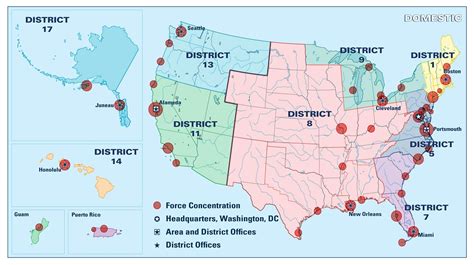5 Ways El Nino Impacts Health
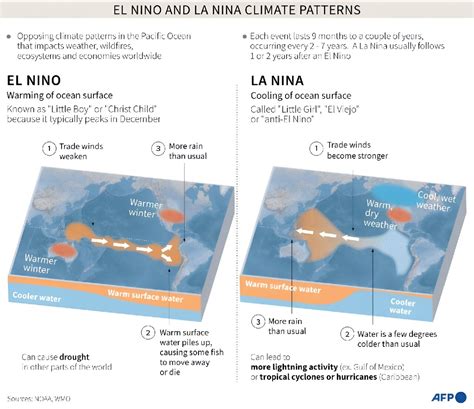
Introduction to El Nino and Its Health Impacts
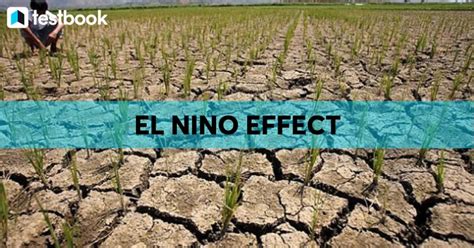
El Nino, which translates to “The Little Boy” in Spanish, is a complex weather phenomenon that occurs when the surface temperature of the Pacific Ocean warms up more than usual. This warming of the ocean water has significant effects on the climate, leading to extreme weather conditions such as heavy rainfall, droughts, and heatwaves in different parts of the world. While El Nino is known for its impact on the environment and economies, its effects on human health are equally significant. In this article, we will explore the various ways El Nino impacts health, emphasizing the importance of understanding and preparing for these effects.
Increased Risk of Water-Borne Diseases
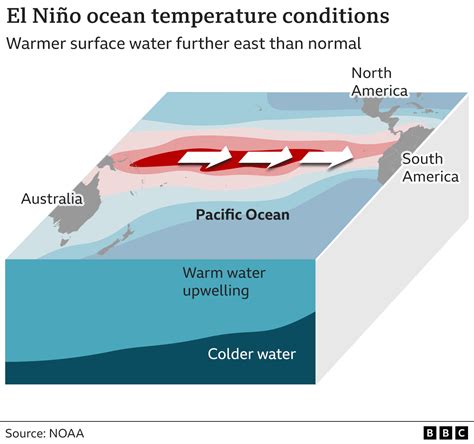
One of the primary health concerns associated with El Nino is the increased risk of water-borne diseases. Heavy rainfall and flooding, which are common during El Nino events, can contaminate water sources, leading to the spread of diseases such as cholera, typhoid, and dysentery. Additionally, the standing water that results from flooding can become a breeding ground for mosquitoes, increasing the risk of vector-borne diseases like malaria and dengue fever. It is essential for communities to take preventive measures, such as ensuring access to clean water, promoting good hygiene practices, and implementing vector control programs, to mitigate the risk of these diseases.
Mental Health Impacts
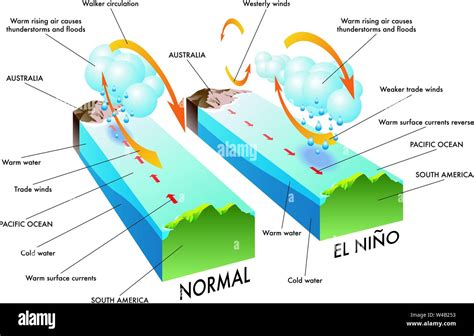
The extreme weather conditions brought about by El Nino can also have a significant impact on mental health. The stress and trauma associated with losing homes, livelihoods, and loved ones due to floods, landslides, or droughts can lead to anxiety, depression, and post-traumatic stress disorder (PTSD). Furthermore, the displacement of communities and the breakdown of social support systems can exacerbate these mental health issues. It is crucial for affected communities to have access to mental health services and support, including counseling, psychotherapy, and social support programs, to help them cope with the emotional and psychological impacts of El Nino.
Food Insecurity and Malnutrition
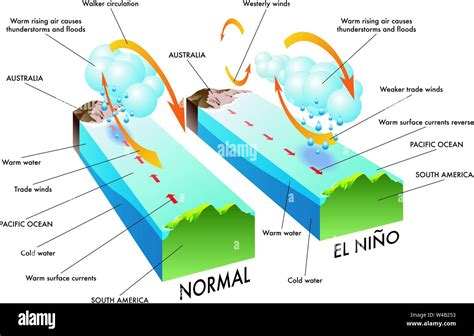
El Nino can lead to food insecurity and malnutrition, particularly in vulnerable communities that rely heavily on agriculture for their livelihood. Droughts can result in crop failures, while floods can destroy crops and disrupt food distribution systems. This can lead to a shortage of food, especially nutritious food, resulting in malnutrition and related health problems. Food aid and support programs are essential to help affected communities access nutritious food and maintain their health and well-being.
Respiratory Problems
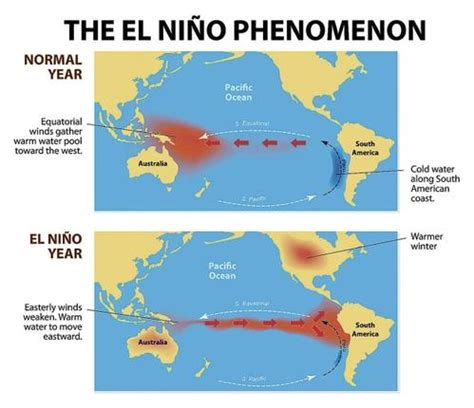
The increased particulate matter and pollutants in the air during El Nino events can exacerbate respiratory problems such as asthma and chronic obstructive pulmonary disease (COPD). The wildfires and dust storms that can occur during droughts can also contribute to poor air quality, making it difficult for people with respiratory conditions to breathe. It is essential for individuals with respiratory problems to take precautions, such as wearing masks, staying indoors, and using air purifiers, to minimize their exposure to poor air quality.
Heat-Related Illnesses
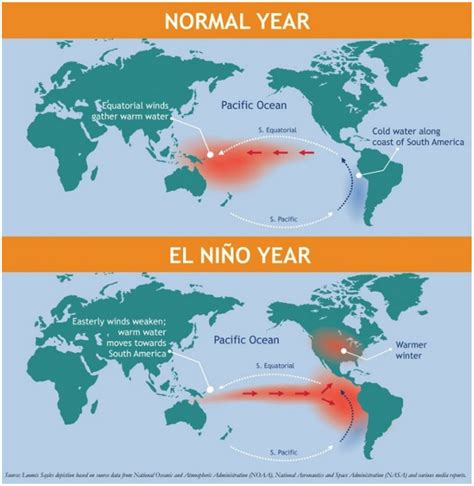
Finally, El Nino can lead to an increased risk of heat-related illnesses, particularly in areas that experience heatwaves. The high temperatures and humidity can cause heat exhaustion, heat stroke, and other heat-related illnesses, especially among vulnerable populations such as the elderly, young children, and people with pre-existing medical conditions. Community awareness and education programs are critical to preventing heat-related illnesses, and individuals must take precautions such as staying hydrated, staying cool, and seeking medical attention if they experience symptoms of heat-related illnesses.
🌡️ Note: Understanding the health impacts of El Nino is crucial for developing effective strategies to mitigate and respond to these effects. By taking proactive measures, communities can reduce the risk of El Nino-related health problems and promote health and well-being.
In summary, El Nino has significant impacts on health, ranging from increased risk of water-borne diseases to mental health issues, food insecurity, respiratory problems, and heat-related illnesses. By understanding these effects and taking proactive measures, communities can reduce the risk of El Nino-related health problems and promote health and well-being. It is essential for governments, health organizations, and communities to work together to develop and implement effective strategies to mitigate the health impacts of El Nino.
What are the most common health problems associated with El Nino?
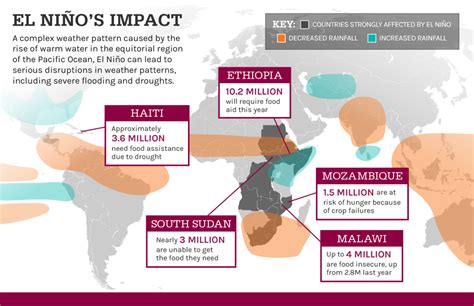
+
The most common health problems associated with El Nino include water-borne diseases, mental health issues, food insecurity, respiratory problems, and heat-related illnesses.
How can communities prepare for the health impacts of El Nino?
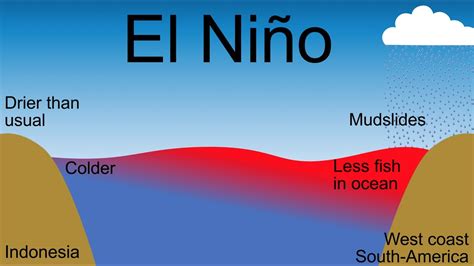
+
Communities can prepare for the health impacts of El Nino by developing emergency response plans, implementing vector control programs, promoting good hygiene practices, and providing access to clean water, food, and mental health services.
What are the long-term health effects of El Nino?
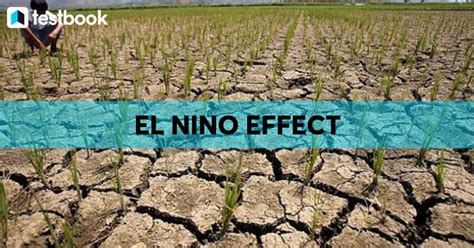
+
The long-term health effects of El Nino can include increased risk of chronic diseases, such as heart disease and diabetes, as well as mental health problems, such as anxiety and depression. Additionally, El Nino can exacerbate existing health conditions, making them more difficult to manage.
Related Terms:
- Negative effects of El Ni o
- 5 effects of El Ni o
- El Ni o effects
- El Ni o positive effects
- Diseases caused by El Ni o
- what does el nino affect



